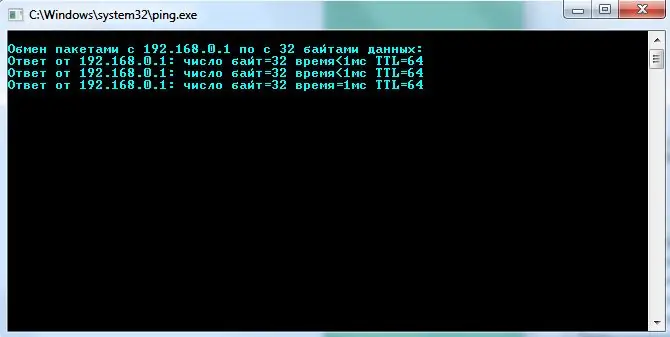Internet access is often lost. The reasons for this can be different - from a damaged cable to a failure of network connection settings in the operating system. All of them require careful study to solve the problem.

Instructions
Step 1
Note: if you do not know how to contact the company that provides Internet access (hereinafter referred to as the provider), then the chances of solving the problem are much less, and you can immediately proceed to step 3.
Situations when the Internet went missing for no reason do not happen often. First, make sure that everything is in order with your provider, i.e. there is no debt for the Internet, as well as malfunctions and preventive maintenance from the provider. It is recommended to check the work of the official website of the provider - most often you can get to them even with a zero balance. If the site works, then the problem is in payment or the provider is doing some work - a self-respecting provider will definitely inform about this on the site. Call the provider and clarify all the payment information. Quite a common situation when the user is sure that there are funds in the account, but in the end they are not there. Also ask your ISP to check your visibility.
Step 2
If the provider does not see you, try connecting the wire from the router (if it is included there) directly to the computer. If even after that the provider still does not see your MAC address, then most likely the problem is in the wire AFTER the router or in the RJ-45 connector. In this case, a continuity of the wire and a new crimp of the wire are required, it is recommended to talk to the provider about this problem.
If the provider sees ONLY your computer, most likely the problem is in the router. Try resetting your router to factory settings using the instruction manual. If the reset does not solve the problem - most likely the router is faulty, try replacing it.
If the balance is in order, the provider sees your MAC address and there is no maintenance work on his part - proceed to the next step.

Step 3
Now check for a local network. To do this, press Win + R on the computer, enter the word "ping", and then - the address of your nearest device along the route. Most often this is a router: if the wire from the computer goes to it, then you need to write its address. The most common is 192.168.0.1 or 192.168.1.1
If there are no packets (that is, no lines appear with an interval of about 1 second) - check if your router is turned on, check the condition of the cable and the reliability of its connection to the connectors of the computer and router. If everything is in order, but the packets still do not go, reboot the router. If the packages began to be successfully delivered to the device, then everything should be in order, the Internet disappeared precisely because of this.
If not, look at the back panel of your system unit: most often, there is a green light in the place where the Internet cable is inserted. Does not light up or blink - the problem is in the network card itself or its drivers. Try reinstalling the drivers, and also check its external state - it could easily have burned out.

Step 4
If the light is on, but packets still do not go, or packets are normally transmitted to the device, but there is no Internet - most likely the problem is in the software settings of the computer.
Open the Network and Sharing Center, find your active connection, then go to the properties, then - TCP version 4. With the standard and most common connection scheme (provider - router - computer), the router most often gives out all the necessary addresses for normal operation via DHCP. If any settings are written in the fields - just in case, write them down, then select the automatic IP parameters, and in the DNS fields write 8.8.8.8 and 8.8.4.4. These are Google servers. They are reliable and always work.

Step 5
If you have absolutely no idea how anti-virus utilities work, the architecture of organizing network settings and the principles of operation of operating systems, contact a specialist, because subsequent actions are not recommended without proper knowledge.
When nothing helps and there is still no Internet, this may be due to the activity of viruses. First, you can try to restore the system settings. To do this, you will need the AVZ utility, you will have to download it on another device with Internet access (preferably from the official website z-oleg.com, it is most often the first in the search). When you have an archive in your hands, it is enough to simply unpack it, since the program does not require installation, and run the avz.exe program. Then click on the "File" section in the menu bar, then - "System Restore".
Check the items indicated in the image, then click "Perform marked operations". Then check your internet access.
If you did everything carefully, but still nothing helps, it is recommended to call a specialist, because the problem can be both in the registry of the operating system and in the firmware of the router. At least you can tell the master everything that you have already tried yourself.






